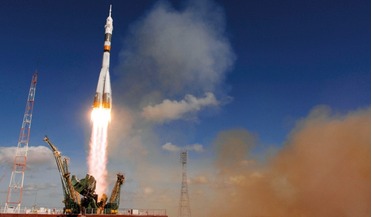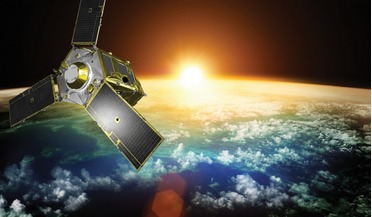 April 2020
Replacing hydrazine fuel with a greener alternative
April 2020
Replacing hydrazine fuel with a greener alternative
... if not thousands of suppliers, ensuring prices are low and supply is high. For much larger satellites and CubeSat deployers, 22N thrusters have been developed, delivering capabilities and accessibility unavailable anywhere else in the market...
 May 2021
Taking quantum into space
May 2021
Taking quantum into space
... to conduct fundamental physics experiments and many such experiments are already being sent out, especially using CubeSats, because of their cost-effectiveness and fast deployability. The future of such constellations will include inter-satellite...
 March 2022
Smoothing the journey to space with the satellite-as-a-service model
March 2022
Smoothing the journey to space with the satellite-as-a-service model
... up to an entire year. To minimise the risks and accelerate technology development, the mission adopts the widely used CubeSat form factor, with a capable Earth observation camera operating in the visible spectrum as the primary payload instrument...
 02 August 2017
First iodine fuelled thrusters pass critical design tests
02 August 2017
First iodine fuelled thrusters pass critical design tests
... State University’s LunaH-Map missions. “The BIT-3 is critical technology that will allow small spacecraft and CubeSats to acquire high quality scientific results on interplanetary missions throughout the solar system. It truly enables the science...
...and data interfaces. The Directorate is also using CubeSat nanosatellites for in-orbit demonstration. Standardised dimensions increase ...the smaller of the two bodies. CubeSats ESA’s first technology-testing CubeSat was GomX-3, deployed from the ISS...
 August 2017
Space invaders and the usual suspects - disruptive trends in Earth observation
August 2017
Space invaders and the usual suspects - disruptive trends in Earth observation
.... Integration of an optical instrument on AstroBus-S platform. Planet, (formerly Planet Labs) has put into orbit nearly 150 cubesats with GSDs of between 3 and 5 m. While modest in terms of pure performance (when compared with 0.30 m resolution from...